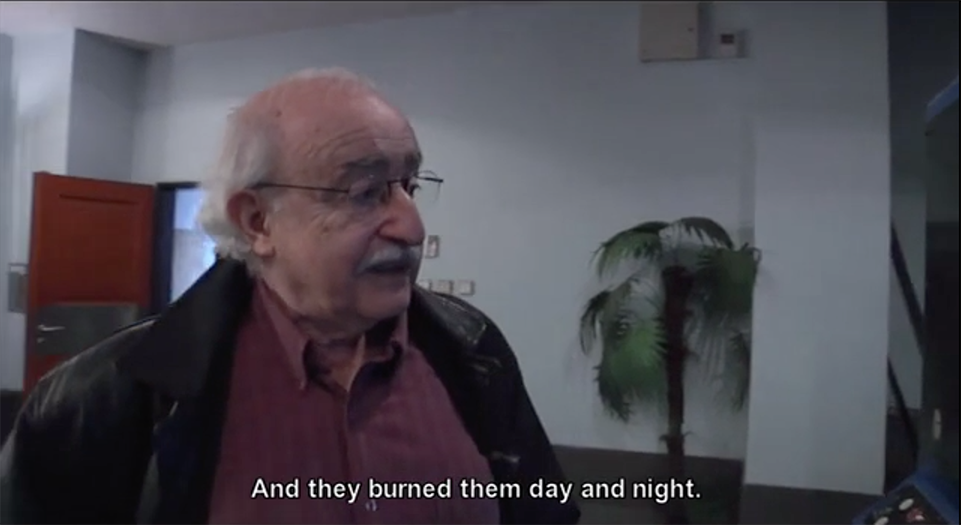Minimum query is 3 letters.
ON JURAJ HERZ
by Daniel Bird
I met Herz on several occasions. Here I am going to write about the last occasion. Towards the end of 2016, I was asked by Offscreen Festival in Brussels about whether or not I would conduct an onstage interview with Herz. I agreed. There was a focus on Czech and Slovak fantasy films. The centrepiece was a Herz retrospective. We were supposed to have a general talk about his career before a screening of Beauty and the Beast at the Nova cinema. Herz didn’t need an interlocutor.
After the screening, I returned to the stage with Herz. Herz was downcast. The special effects, he said, hadn’t held up. He went onto say how the horror aspect of Beauty and the Beast was quite controversial at the time. Today, he would use digital effects. I disagreed. In this age of digital effects, these practical effects stand out. To say they possess a certain charm sounds like a backhanded compliment. But they are charming.
Off-Screen were also hosting a retrospective of Stephen Sayadian. Sayadian was familiar with The Cremator, but not Herz’s other films. Herz did not so much introduce as apologise for Morgiana. It was, he said, only half a film, and that the whole point of the book upon which it is based is that you realise the girl is mad, and the two sisters are in fact two figments of her imagination. After the credits rolled, Sayadian asked why Morgiana was not better known, and that he had never seen such a well framed movie, and went out of his way to tell as much to Herz. Herz was bemused.
They say that if a shark stops swimming it dies. Herz died when he stopped directing. Herz was a real director. Herz directed me, whether I wanted to be directed or not. In 2011, I was working on the German release of The Cremator and called Herz about an interview. Herz proposed visiting the shooting locations instead. So we went to the crematorium in Prague with no planning or permissions and filmed on the hoof. Whenever we were questioned, Herz would simply introduce himself as the director of The Cremator. From that moment on, we were given VIP treatment. Herz prepared a script in his head and blocked his scenes – a script composed and delivered simultaneously in real time. Our job was simply to keep up. We only partially succeeded.
After that we hired a car and drove to Pardubice. At first it looked like we were too late. ‘It’s a weekday! They should be burning bodies!’ Quite literally we ran into the cremator as he was on his way out of the office. He noticed Herz. His work was not over. Herz was treated like a visiting dignitary. He had put the crematorium on the map, immortalised it on film. The cremator recalled the last time Herz was there, for a special screening of The Cremator inside the crematorium. He asked, when Herz died, would they have the honour of cremating his body. Herz shrugged. ‘Why not?’
Herz considered himself a dinosaur, but as Chris Marker noted at the end of The Last Bolshevik, kids love dinosaurs. Cristophe Gans’ remake of La Belle et la Bete owes as much of a debt to Herz as it does to Cocteau. Herz was a direct influence on two films by Peter Strickland, The Berberian Sound Studio and The Duke of Burgundy. Strickland adopted the associative cutting Herz used in the The Cremator for the former, and, in the latter, paid homage to the scene in Morgiana in which the evil sister rummages through a chest full of fabrics. Overblown, operatic and with only a pinprick of irony. The Duke of Burgundy was a written about as an homage to 70s European erotic cinema, but to my mind it was always Fassbinder by way of Herz.
After the screening of Morgiana, the crowds poured out of the cinema. The next film to screen was Passage. The Cremator aside, it was clear that Passage was one of the few films he was entirely happy with. A pity then, that there was only a comparatively modest audience. I have to admit that, when I first saw the film in the late 1990s, I was disappointed. Seen today, I can see why Herz was so fond of it. Like The Cremator, it merely flirts with the fantastic while touching upon madness (something which could also be said about Oil Lamps too). Herz knew that, while there was room for experimentation within fantastic genres, they are not always taken seriously by critics.
Nevertheless, in this age of ‘elevated horror’ the Offscreen profile affirmed Herz as a contemporary director in terms of the way he treated horror seriously. While Herz himself seemed not entirely comfortable revisiting his back catalogue, the audience clearly disagreed. To quote Sayadian, ‘Morgiana should be playing on TCM daily’. Herz may have disagreed, but I would prefer to return to his Beauty and the Beast than the recent live-action remake.
by permission of the author; first published in Kino Ikon, the Slovak Film Journal
Also see video THIS WAY TO THE COOLING CHAMBERS: MAKING THE CREMATOR (2011) by Daniel Bird.
still from video THIS WAY TO THE COOLING CHAMBERS: MAKING THE CREMATOR (2011) by Daniel Bird (c) >>>

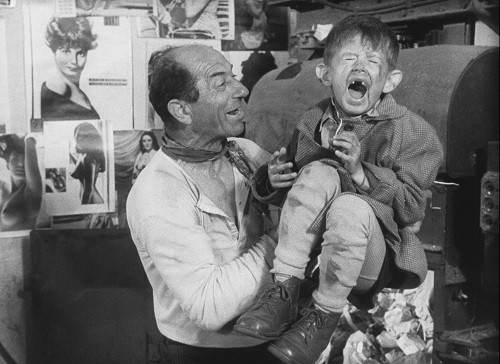 THE JUNK SHOP (Sběrné surovosti, 1965)
A work of nonstop invention set over the course of a single day at a paper recycling facility frequented by oddballs, including manager and aesthete Bohoušek, based on Bohumil Hrabal's life and a story from his book Pearls of the Deep.
THE JUNK SHOP (Sběrné surovosti, 1965)
A work of nonstop invention set over the course of a single day at a paper recycling facility frequented by oddballs, including manager and aesthete Bohoušek, based on Bohumil Hrabal's life and a story from his book Pearls of the Deep.
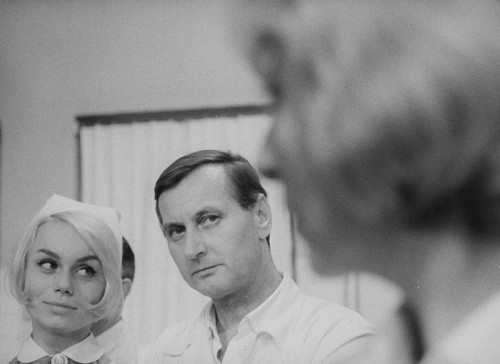 SIGN OF CANCER (Znamení raka, 1966)
A warped detective story that begins with a murder in a hospital, the investigation of which reveals rampant incompetence, the film’s implicitly critical depiction of a public service sector overloaded with underqualified Party stooges would land Herz in trouble with censors for what was not to be the last time. New subtitles!
SIGN OF CANCER (Znamení raka, 1966)
A warped detective story that begins with a murder in a hospital, the investigation of which reveals rampant incompetence, the film’s implicitly critical depiction of a public service sector overloaded with underqualified Party stooges would land Herz in trouble with censors for what was not to be the last time. New subtitles!
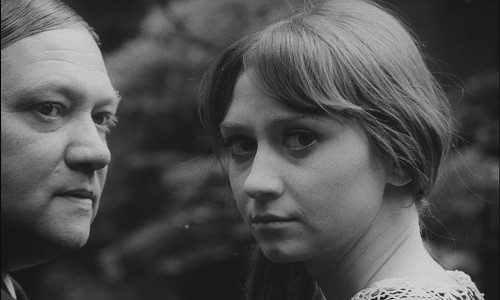 THE CREMATOR (Spalovač mrtvol, 1969)
Herz's masterpiece, in a new digital restoration released by Janus Films in North America, is set in 1930s Prague, where Nazi ideology hangs as thick as the charnel fumes over the crematorium run by the troubled Karel Kopfrkingl. This macabre and harrowing work of psychological and social breakdown was banned after its 1969 debut only to re-emerge and garner deserved praise twenty years later.
THE CREMATOR (Spalovač mrtvol, 1969)
Herz's masterpiece, in a new digital restoration released by Janus Films in North America, is set in 1930s Prague, where Nazi ideology hangs as thick as the charnel fumes over the crematorium run by the troubled Karel Kopfrkingl. This macabre and harrowing work of psychological and social breakdown was banned after its 1969 debut only to re-emerge and garner deserved praise twenty years later.
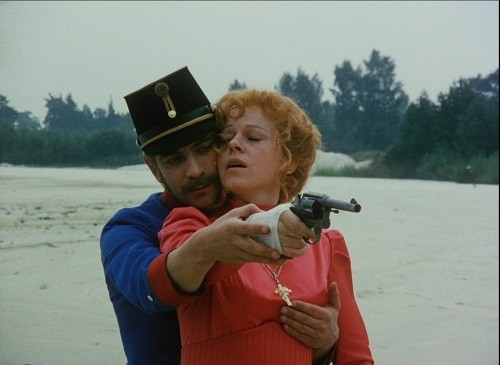 OIL LAMPS (Petrolejové lampy, 1971)
Contender for the Palme d’Or at Cannes in 1972, this early 20th Century period piece is set in a provincial town, Jilemnice, that’s riven by repressed desire and smoldering secrets. Herz plumbs deep within the psychology of his characters in this gripping and gorgeous film, which investigates the rot beneath the decoration and decorum of the Secession era. New subtitles!
OIL LAMPS (Petrolejové lampy, 1971)
Contender for the Palme d’Or at Cannes in 1972, this early 20th Century period piece is set in a provincial town, Jilemnice, that’s riven by repressed desire and smoldering secrets. Herz plumbs deep within the psychology of his characters in this gripping and gorgeous film, which investigates the rot beneath the decoration and decorum of the Secession era. New subtitles!
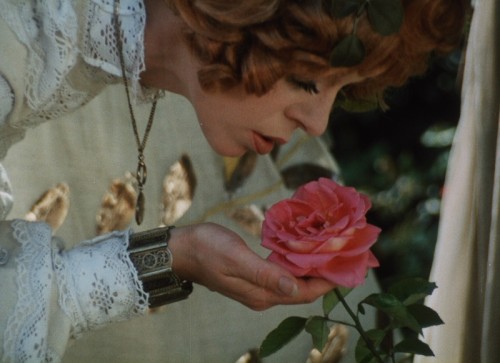 MORGIANA (1972)
A Gothic drama about two sisters, Klára and Viktorie—both played by Iva Janžurová, in an amazing double-role performance—are put at loggerheads when the sweet, vapid Klára receives the better part of their father’s sprawling estate and the love of the man that Viktorie adores, leading the spurned sibling to venomous thoughts of murder.
MORGIANA (1972)
A Gothic drama about two sisters, Klára and Viktorie—both played by Iva Janžurová, in an amazing double-role performance—are put at loggerheads when the sweet, vapid Klára receives the better part of their father’s sprawling estate and the love of the man that Viktorie adores, leading the spurned sibling to venomous thoughts of murder.
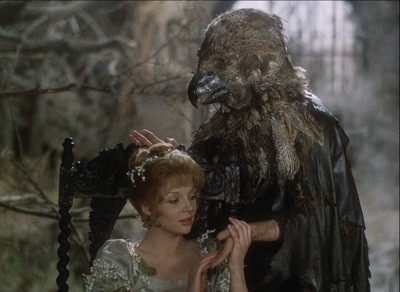 BEAUTY AND THE BEAST (Panna a netvor, 1978)
A tale you’ll know well—innocent girl presents herself as sacrifice to a cursed, freakish beast living in isolation, and learns to live with and love her captor—but turned into something very different in Herz’s morbid imagining. New subtitles!
BEAUTY AND THE BEAST (Panna a netvor, 1978)
A tale you’ll know well—innocent girl presents herself as sacrifice to a cursed, freakish beast living in isolation, and learns to live with and love her captor—but turned into something very different in Herz’s morbid imagining. New subtitles!
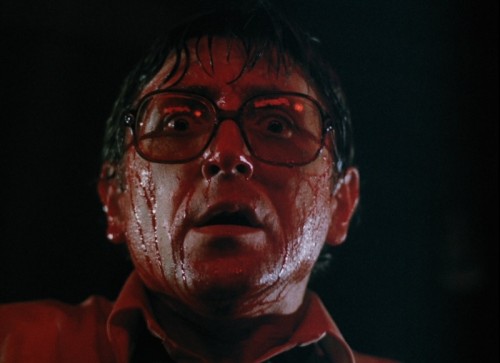 FERAT VAMPIRE (Upír z Feratu, 1981)
A satire on consumerism, a potent piece of anti-automobile propaganda, and perhaps the purest horror exercise that Herz produced. Starring the excellent Jiří Menzel (the Oscar winning film director) in the lead role of Dr. Marek. New subtitles!
FERAT VAMPIRE (Upír z Feratu, 1981)
A satire on consumerism, a potent piece of anti-automobile propaganda, and perhaps the purest horror exercise that Herz produced. Starring the excellent Jiří Menzel (the Oscar winning film director) in the lead role of Dr. Marek. New subtitles!
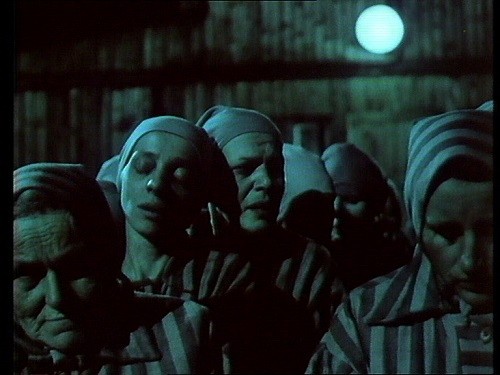 CAUGHT BY NIGHT (Zastihla mě noc, 1985)
Conceived as a biography of Communist journalist Jožka Jabůrková, a victim of Ravensbrück, Herz went his own way, creating a nauseously stylized vision of hell on earth that is, with Wanda Jakubowska’s 1948 The Last Stage, one of only two fiction films made by a camp survivor about the experience.
CAUGHT BY NIGHT (Zastihla mě noc, 1985)
Conceived as a biography of Communist journalist Jožka Jabůrková, a victim of Ravensbrück, Herz went his own way, creating a nauseously stylized vision of hell on earth that is, with Wanda Jakubowska’s 1948 The Last Stage, one of only two fiction films made by a camp survivor about the experience.
 GOLDEN SIXTIES: JURAJ HERZ (Zlatá šedesátá, dir. Martin Šulík, 2009)
An illuminating portrait of Juraj Herz from a 27-part TV series about masters of the Czechoslovak New Wave.
GOLDEN SIXTIES: JURAJ HERZ (Zlatá šedesátá, dir. Martin Šulík, 2009)
An illuminating portrait of Juraj Herz from a 27-part TV series about masters of the Czechoslovak New Wave.
COMEBACK COMPANY
For press and booking inquiries:
To sign-up for our newsletter
email us with "newsletter" in the
subject line:
Comeback Company 2014
Design by Parallel Practice
© All rights reserved.
